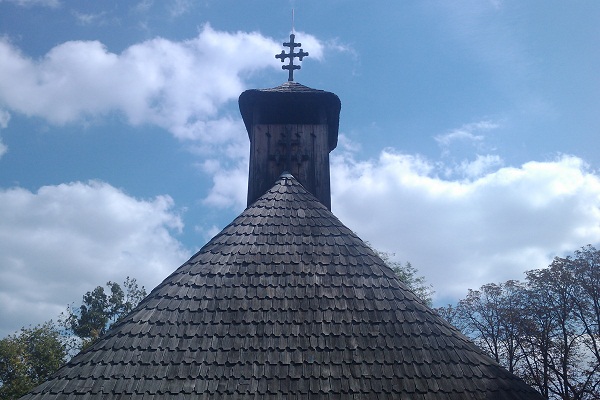Wedding ceremonies allowed at Village Museum's Church in Bucharest, starting summer

 The Village Museum in Bucharest will allow religious wedding ceremonies in its Turea Church starting this summer, when the renovation of the church will be finalized. This comes after the museum has received thousands of such requests, every year. The church dates back in the 18th century.
The Village Museum in Bucharest will allow religious wedding ceremonies in its Turea Church starting this summer, when the renovation of the church will be finalized. This comes after the museum has received thousands of such requests, every year. The church dates back in the 18th century.
The Village Museum will also inaugurate a new area named 'museum vivum,' in spring. The space includes an old Romanian school, a traditional inn and the lane of the ethnic minorities, the Museum's general manager Paula Popoiu told the Romania libera daily.
'The project's strong point is the Lane of Minorities,' she added, explaining that the Village Museum currently hosts only two houses specific to the ethnic minorities living in Romania, namely one belonging to the Lipovan and the second to the Szekler ethnics.
The Munich-based Habermnn Association of the ethnic Saxons of Transylvania (central Romania) made us a patrimony assets donation and will support us to fetch a traditional Saxon house to the Museum. Likewise, a house belonging to the Turkish ethnic minority living in Dobrogea (south-eastern Romania), and another house specific the ethnic Ukrainians will be transported to the Museum.
The museum has already bought a house that used to belong to the Hutuls (ethnic Ukrainians living in Bucovina, north-eastern Romania), and a team will soon transport it down from the mountain where it stands.
AGERPRES
(Photo source: Corina Saceanu/Romania-Insider.com)












